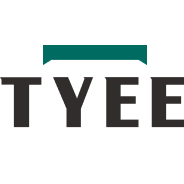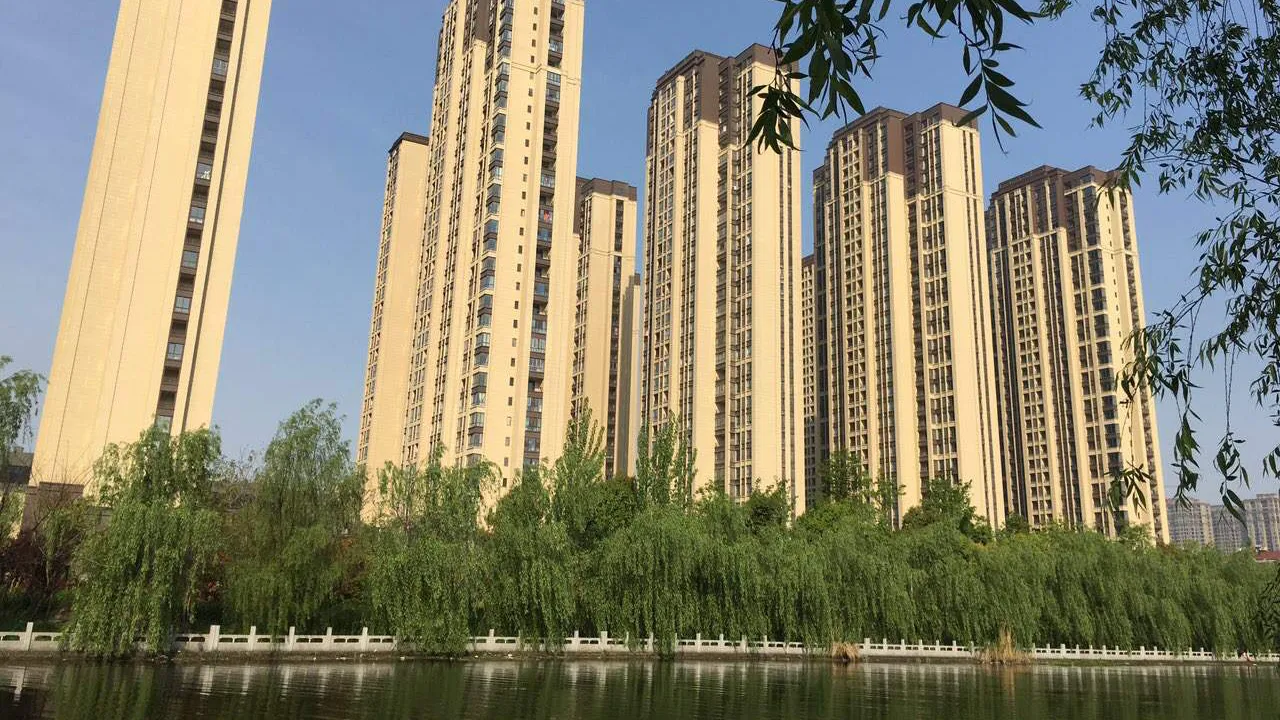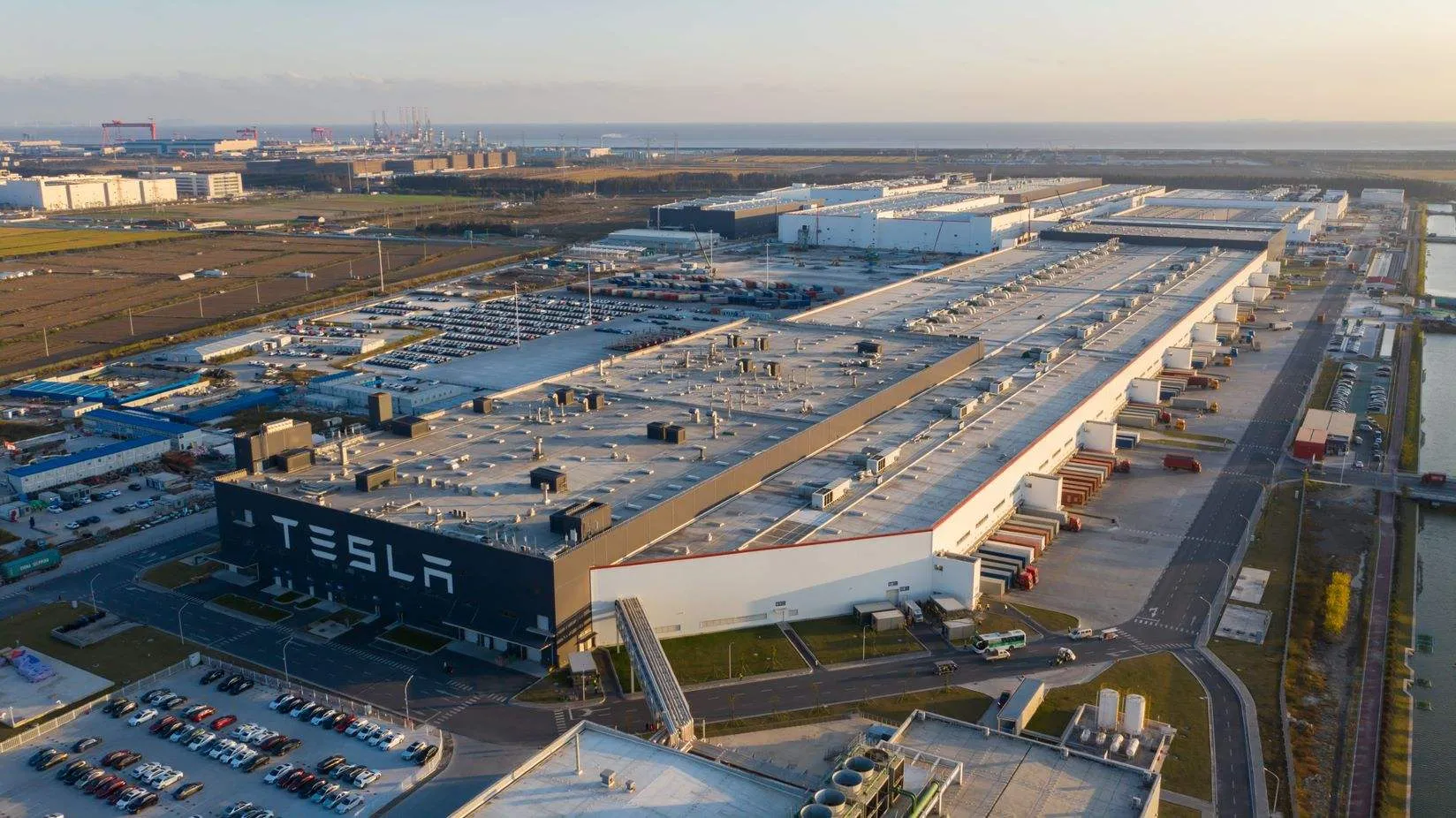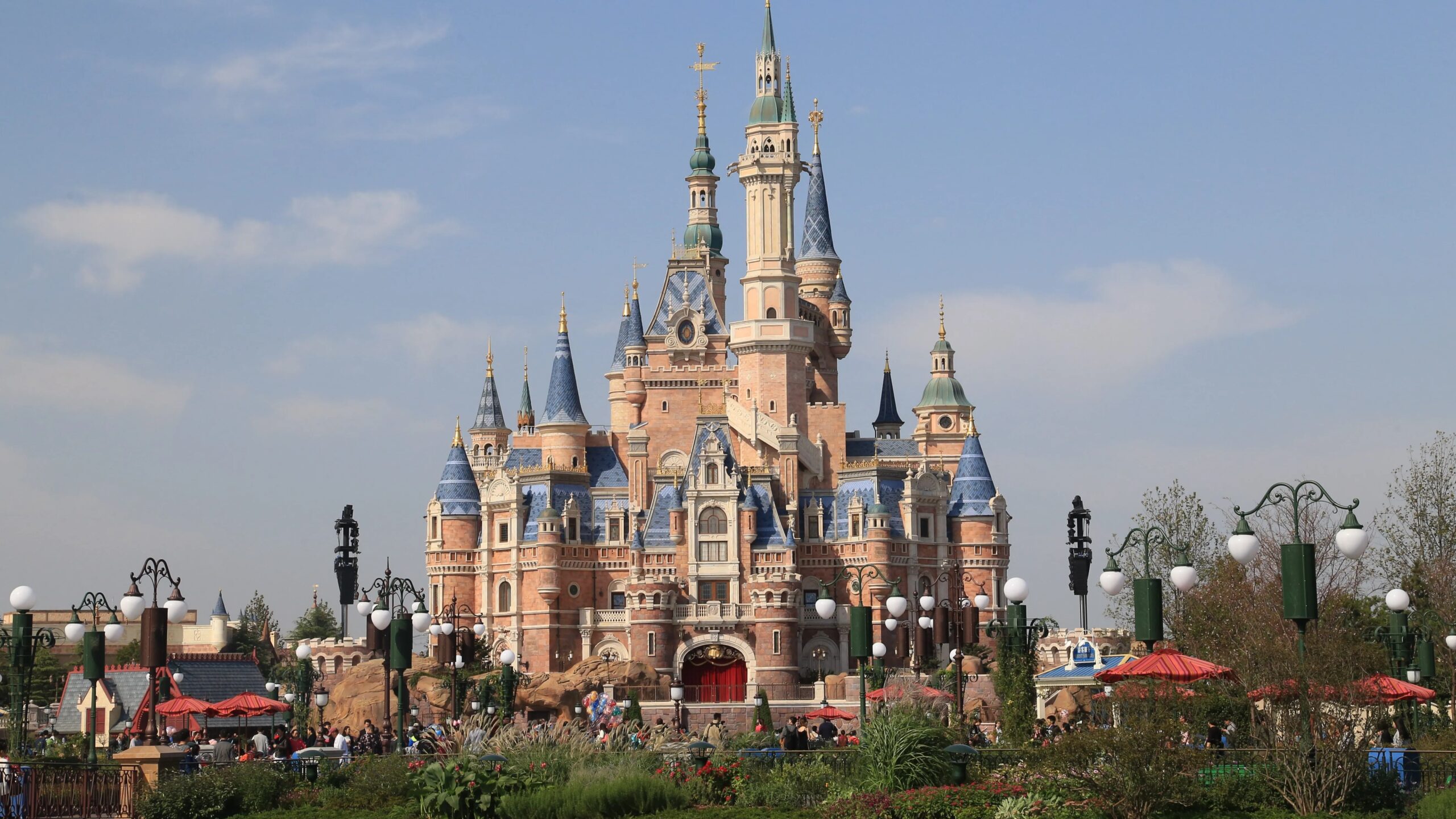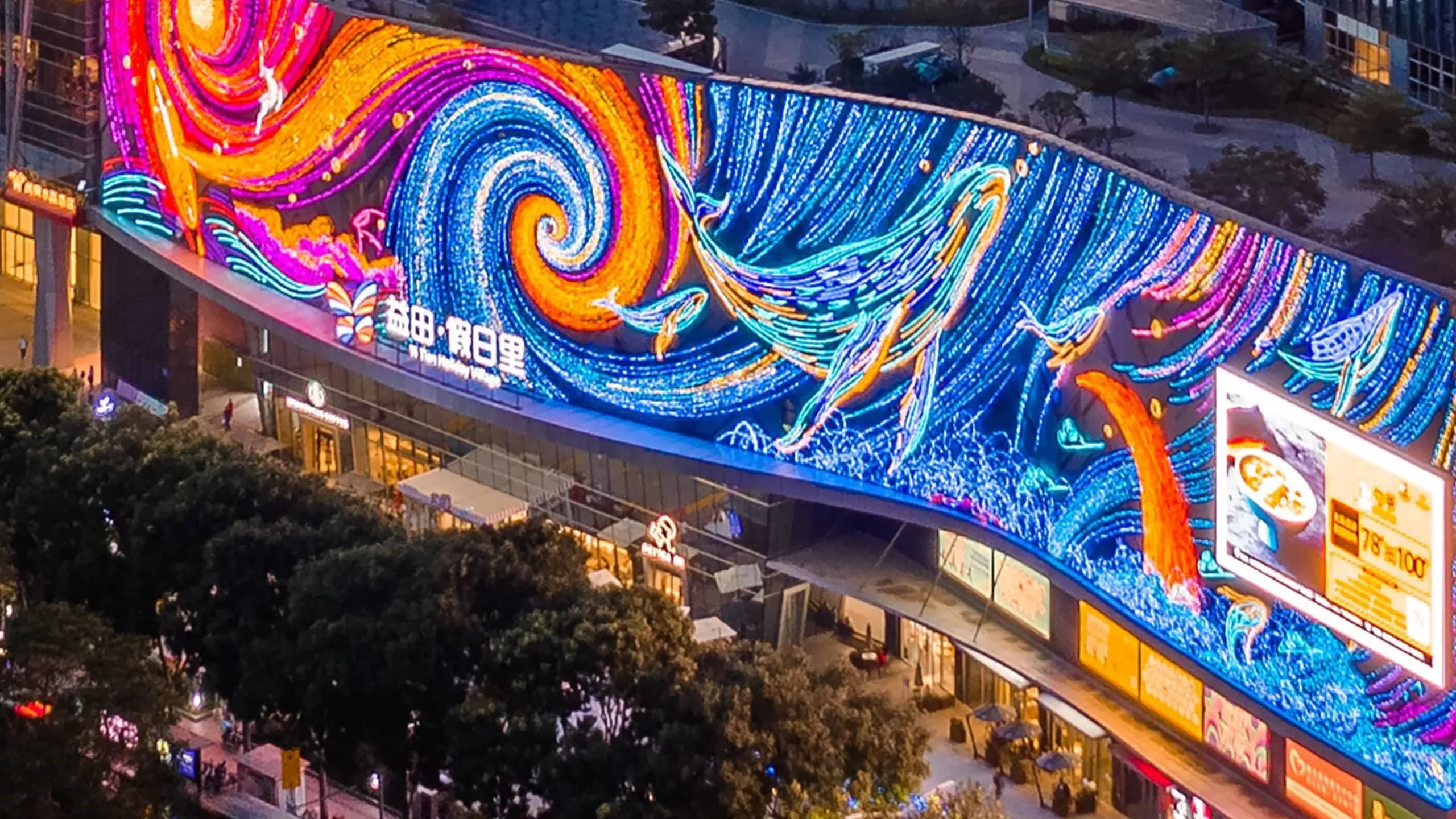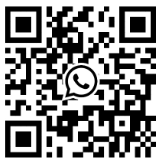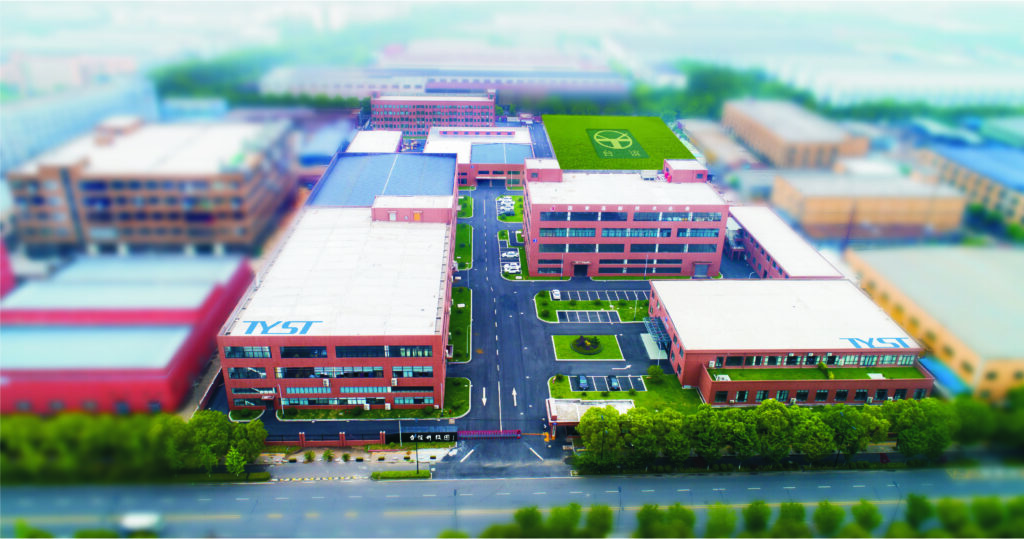
Japan is a great place for Energy-Efficient Fire Alarm solutions. The country has very strict building rules. It also has strong disaster safety standards. Many people live close together in cities. There are also many older people in Japan. This makes better fire detection very important. Japan uses AI-based diagnosis and predictive maintenance. These help meet tough safety needs. Companies keep spending money on energy-saving technology. They want systems that can grow and work together. Tyee offers reliable solutions designed to meet Japan’s high safety and environmental standards.
Key Takeaways
Energy-efficient fire alarm systems use less power and save money. They also help stop false alarms. This lowers utility bills and emergency costs.
Smart technologies like AI, IoT, and wireless sensors help find fires faster. They also help stop false alarms. You can watch the system from far away. This means help can come sooner.
Japan has strict fire safety rules. Its cities are crowded. Japan cares about green buildings. This makes it a great place for low-power, reliable fire alarm systems.
Tyee makes advanced fire alarm products. These products meet Japan’s safety and environmental rules. They use multi-sensor detectors and save energy.
More people in Japan want smart, eco-friendly fire alarms. This brings chances for new ideas and teamwork. It also helps make buildings safer and greener.
Why Energy Efficiency Matters
Cost, Reliability, and Sustainability
Energy efficiency is very important for fire safety today. Building owners and managers save money with Energy-Efficient Fire Alarm systems. These systems use special parts that need less power. Utility bills go down because the devices use less electricity. The detection technology is very accurate. It helps stop false alarms. This saves money and avoids extra fire department charges.
Wireless and hybrid systems are easier to install. They do not need a lot of wires. This makes setup and repairs cheaper. You can watch and check the system from far away. This means faster help when there is a problem. It also lowers emergency costs and keeps buildings safer. These systems can work with other building systems. This can make things safer and might lower insurance costs.
Tip: Picking energy-efficient systems helps the planet in the long run. Many companies now use green materials and parts you can recycle. These things help buildings meet green rules and still work well.
Environmental Impact
Energy-efficient fire alarm systems are good for the environment. They use less energy, so there is less waste. Companies make these systems with parts that can be recycled. They also have features that save energy. This helps protect natural resources.
Wireless systems are easy to put in. They use fewer materials and do not cause much mess during upgrades. Cloud technology and IoT let you check the system from anywhere. You get alerts right away. These tools help people act fast and keep the system working well. Predictive maintenance tools find problems early. This stops fires and keeps things running.
Smart detection and AI analytics help find fires early. These systems help buildings be more green. They let groups reach their green goals and keep everyone safe.
Energy-Efficient Fire Alarm Technologies
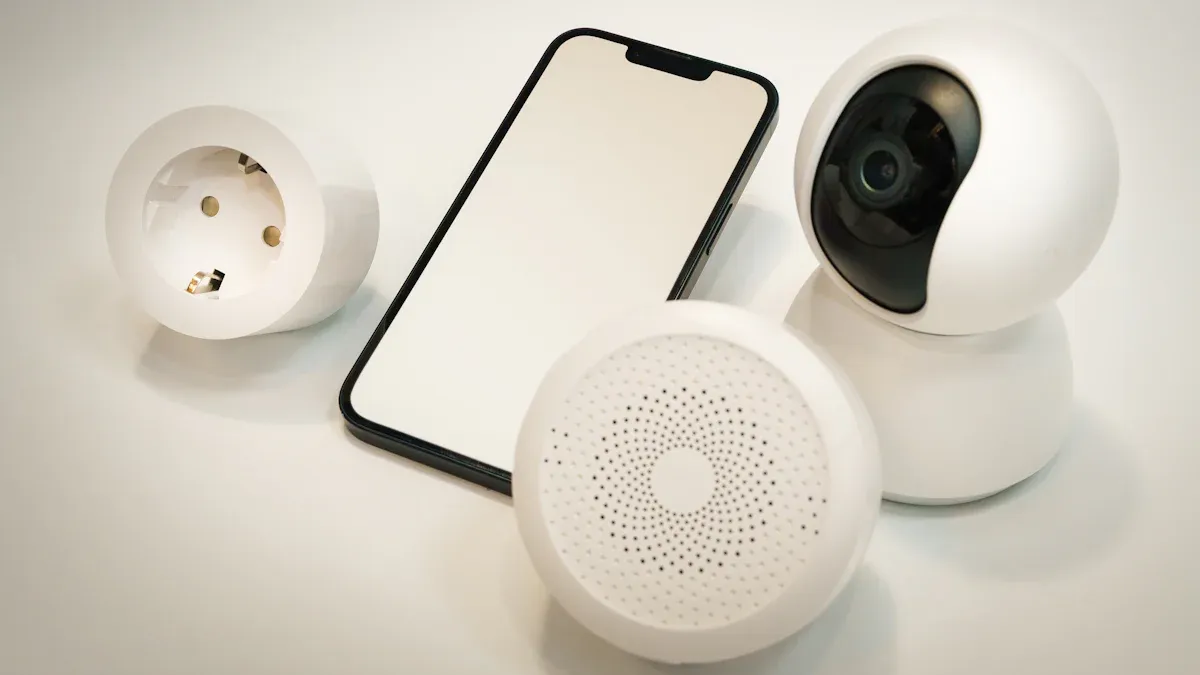
Multi-Sensor and Wireless Systems
Tyee makes fire alarm products that use less energy and keep people safe. Their automatic fire alarm system, emergency lights, and fire alarm controllers use smart technology to save power. Smoke sensors in these systems use very little electricity when waiting for a fire. The fire alarm controller also uses less power when things are normal.
Modern fire alarm systems use multi-sensor detectors. These have smoke, heat, and gas sensors in one device. This helps the system find fires better and stops false alarms. When there are fewer false alarms, the system does not waste energy. Wireless fire alarm systems also help save energy. They do not need long wires, so they are easier to put in and use fewer materials. Wireless systems can link to building management systems. This lets them do things like shut down air systems or close fire doors. These actions save energy and keep people safe.
Note: Cloud-based fire alarm systems let building managers check alarms from anywhere. This makes it easier to keep the system working and saves energy by fixing problems quickly.
IoT and AI Integration
IoT and AI are changing how fire alarm systems work. Tyee uses these technologies to make their Energy-Efficient Fire Alarm solutions smarter and more reliable. IoT fire alarm systems use special programs that change how often sensors check for danger. If the risk is low, sensors check less often and save power. If the risk is high, sensors check more often to keep people safe.
AI helps the system know the difference between real fires and false alarms. This means the system only uses energy when it needs to. Some systems use solar power to charge batteries, which saves even more energy. Data from sensors is checked on the device and in the cloud. Simple checks happen on the device to save power. Harder checks happen in the cloud for better results.
Japan’s market likes these new technologies. People want fire alarm systems that are easy to use, do not need much care, and save energy. Tyee’s products meet these needs by using smart sensors, wireless networks, and AI to give safe and energy-saving fire protection.
Japan’s Market for Energy-Efficient Fire Alarm

Regulations and Standards
Japan has very strict fire safety rules. The government changes building codes often. These codes say new and old buildings need good fire alarms. The Fire Service Act tells how to put in and take care of fire alarms. Local governments add more rules to make buildings safer. These rules make companies use the newest technology. Many buildings now need systems that save energy and make less waste. This focus on safety and saving power makes people want small, strong, and low-power fire alarms.
Tyee makes products that follow these hard rules. The company’s systems have international certificates like UL and CE. Tyee’s fire alarm controllers and emergency lights work well in Japanese buildings. They use less power but still keep people safe. Building owners and managers can trust these systems to help them follow the law and protect people.
Urban Density and Smart Cities
Japanese cities have lots of people living close together. Many people live and work in tall buildings and busy areas. This makes fire safety very important. In crowded places, a small fire can spread fast. Quick and correct alarms save lives.
Japan spends money on smart city projects. These projects use digital tools to make cities safer and better. Smart fire alarm systems fit well in these cities. They use wireless networks and cloud technology. Building managers can check alarms from anywhere. The systems send alerts right away if there is a problem. Tyee’s solutions use multi-sensor detectors and IoT features. These tools help stop false alarms and save energy. They also make it easy to upgrade old buildings without big changes.
Note: Smart city projects in Japan need systems that use less energy and can connect with other building controls. Tyee’s Energy-Efficient Fire Alarm solutions fit these needs.
Sustainability and R&D
Japan cares a lot about the environment. The country has strong goals to use less energy and cut carbon emissions. Many companies want buildings that meet green standards. They look for products that help save energy and protect nature.
The market for energy-efficient fire alarm systems in Japan is growing fast. In 2025, the market will be about USD 1.2 billion. Experts think it will grow by 7.5% each year until 2032, reaching about USD 2.0 billion. This growth comes from new rules, green building programs, and smart city plans. Companies like Tyee spend money on research and development to make better, low-power fire alarm systems. These systems use AI and IoT to work smarter and last longer. They help building owners meet both safety and green goals.
Tyee’s products use recyclable materials and energy-saving parts. The company’s R&D team keeps making the systems better. This focus on new ideas helps Tyee support Japan’s goal for safer, greener cities.
tyee Solutions in Japan
Product Advantages
Tyee makes fire safety products for Japanese buildings. Their systems use smart sensors and wireless tech. These features help save energy. They also make the system simple to set up. Tyee’s automatic fire alarm system has multi-sensor detectors. These detectors sense smoke, heat, and gas. This helps the system find fires fast. It also helps stop false alarms. The fire alarm controller uses a digital bus. This lets it send signals very quickly.
Tyee’s emergency lights and evacuation signs use LED lights. These lights last long and use little power. The system helps guide people to safety in emergencies. Tyee’s products have many world certificates. These include UL and CE. Building owners can trust these products. They meet Japan’s strict rules.
Note: Tyee’s Energy-Efficient Fire Alarm solutions help lower power use. They also support green building goals.
Use Cases and Applications
Tyee’s solutions work well in many places in Japan. Tall apartments and office towers use these systems. They trust them for good fire detection. Hospitals and schools pick Tyee for safety. They also like that it is easy to take care of. Shopping malls and train stations need quick alarms. They also need clear paths to leave. Tyee’s systems give both.
Factories and warehouses use Tyee’s wireless detectors. These detectors cover big spaces without extra wires. Museums and cultural sites need systems that do not change the building. Tyee’s wireless alarms protect valuable things. They do not change how the building looks. In smart cities, Tyee’s products link with other systems. This helps managers watch many buildings from one place.
Application Area | Benefit Provided |
|---|---|
High-rise Buildings | Fast detection, easy upgrades |
Hospitals/Schools | Reliable, low-maintenance |
Factories/Warehouses | Wide coverage, wireless install |
Cultural Sites | Non-intrusive, asset protection |
Smart Cities | Centralized monitoring |
Challenges and Opportunities
Compliance and Certification
Japan has very high fire safety standards. The government changes the rules often. Companies must follow strict rules to get their products approved. These rules match international standards like ISO and JIS. Companies also need to use green materials and save energy. The government supports smart city and green building projects. These projects need fire alarm systems that use AI, IoT, and automation.
Manufacturers have some big problems:
They need to make products that pass hard tests.
They must use materials that can be recycled.
Their systems must work well during earthquakes.
Wireless systems must always work right.
Government rules make companies try new ideas. They want companies to use parts that are good for the planet. They also want fire alarms that can connect with other systems. People want fire alarms that are small and use less power. Older people in Japan need alarms that are easy to use and care for. These things make companies work harder to make better and smarter products.
Market Growth
Japan’s fire safety market is getting bigger. More people live in cities, so better fire protection is needed. Many old buildings need new fire alarm systems. The government and private groups work together to fix these buildings. The government also helps smart city projects. These projects use smart tools and automation.
There are many chances for new ideas and teamwork:
Description | |
|---|---|
AI and Predictive Systems | Using artificial intelligence and data to help fire alarms work better and faster. |
Eco-innovation and Sustainability | Making fire alarms that are good for the planet and follow the rules. |
Startups and SMEs | New small companies bring fresh ideas and more choices. |
Cloud-based and Adaptable Solutions | Fire alarms that work for people who work from home or need flexible systems. |
Cross-border Partnerships | Working with other countries and using online markets to grow and share ideas. |
Regional Leadership in Technology | Japan leads in AI, robots, and smart fire alarms, helping the whole area get better. |
Japan’s market grows because of:
Smart fire alarm systems that work by themselves.
Fire safety tools that are better for the environment.
Companies working together on new technology.
Old buildings getting new fire alarm systems.
Stricter rules that make companies do more research.
More people in cities means more need for fire safety.
Japan’s rules help new ideas grow. Companies team up to make safer and greener fire alarm systems.
Japan is ahead in using new fire safety systems. This is because the country has strict rules. Japan also builds smart cities and cares about the environment. Tyee’s smart systems help building owners and managers in many ways.
They help save money on bills and make equipment last longer.
They follow safety and green rules very well.
They help lower risks and give a business an edge.
In the future, more IoT, AI, and small systems will be used in cities. Companies can work with tyee to make their buildings safer and meet new needs. Tyee keeps making new things to help cities be safer and better for the planet.
FAQ
What makes energy-efficient fire alarm systems different?
Energy-efficient fire alarm systems do not use much electricity. They have smart sensors and use wireless technology. These systems help buildings save money and help the environment. They also work with other smart building tools.
How do tyee’s fire alarm solutions help meet Japan’s strict rules?
Tyee’s products have safety certificates from around the world. They use advanced sensors and low-power parts. These features help buildings follow Japan’s fire safety laws and green building rules.
Where can tyee’s fire alarm systems be used?
Tyee’s systems work in many places. Tall buildings, hospitals, schools, factories, and museums use these systems. Wireless options make it easy to put them in old or special buildings.
Can building managers check fire alarms from anywhere?
Yes. Tyee’s cloud-based systems let managers see alarms from any place. They get alerts right away on their phones or computers.
Do energy-efficient fire alarms help lower costs?
Energy-efficient fire alarms use less power. They help lower utility bills and maintenance costs. They also help avoid fines from false alarms.

